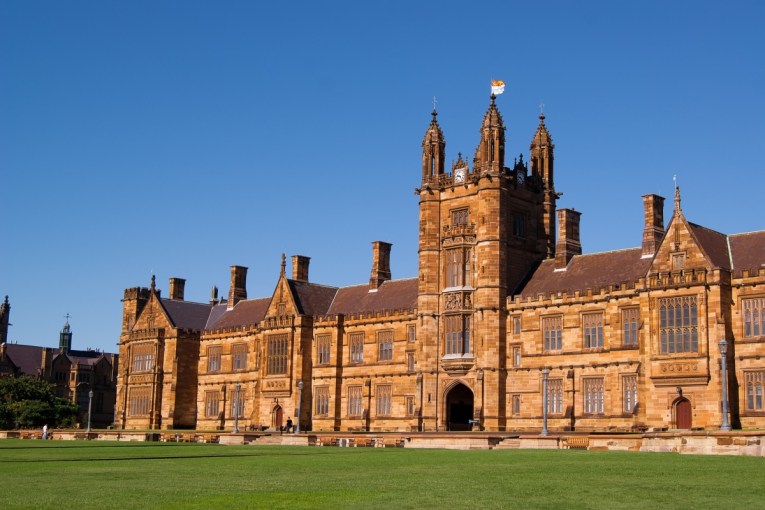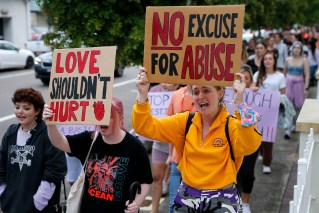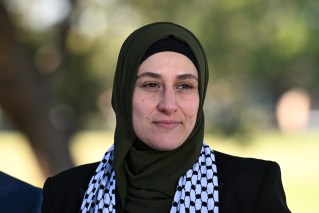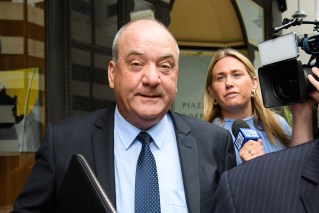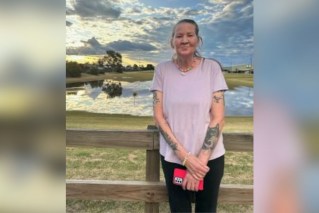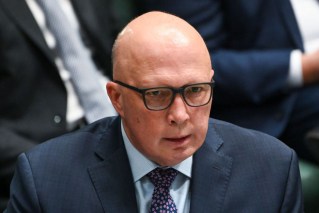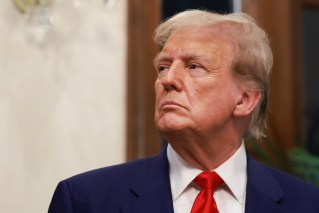From Wuhan to Wangaratta: A timeline of the coronavirus pandemic in Australia

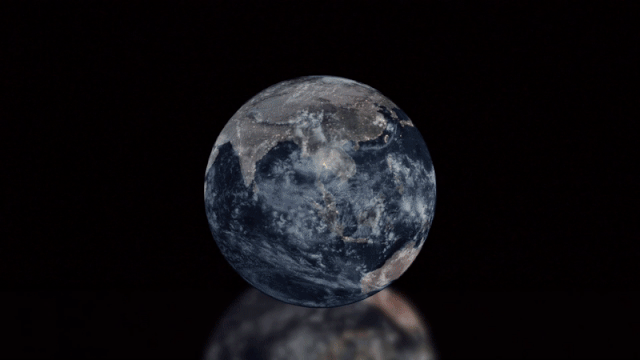
The coronavirus has killed over 1.7 million people. But in January, next to no one none had heard of it.
On January 1 many Australians woke up to a horrendous mix of smoke and hangover.
The country was on fire, and the nation was furious.
Climate change was in the news in a way it hadn’t been since it toppled three prime ministers.
PM Scott Morrison, infamous for holding up a piece of coal in parliament, was still reeling in the polls from his Hawaiian Holiday.
But just over 8100kms from Canberra something small, and at the time seemingly insignificant, was happening that would change everything as we know it.
In Wuhan, the Huanan Seafood Wholesale Market was being quickly and quietly shut down by Chinese authorities.

The Huanan Seafood Wholesale Market is closed and disinfected. Photo: Getty
State-run Xinhua News Agency reported that it was being closed for renovations.
In reality, the entire place was being disinfected after dozens of cases of a highly contagious SARS-like phenomena had been linked to the market, which sold exotic and illegal animals such as wolf cubs and civets.
Throughout December, cases of the virus had appeared in hospitals in Hubei province, alarming a small number of medical professionals.
Chinese authorities tried to keep a lid on it.
One doctor, Li Wenliang, had already been silenced by local police after he shared a patient’s report with a small number of medical professionals in a WeChat group – the word SARS had been circled by a senior doctor.

Dr Li Wenliang was an early whistleblower
“Don’t circulate the information outside of this group, tell your family and loved ones to take precautions,” he wrote.
Four days later he was contacted by police, who ordered him to stop “making false comments”.
That was the beginning. Twelve months later and the pandemic has changed the way we live. We’ve grieved loved ones, lost jobs, missed friends.
This is how we got here.
January
On January 9 the first death to the new novel virus was recorded – a 61-year-old man from Wuhan.
In just under 12 months the toll would surpass 1.78 million worldwide.
By January 13 the outbreak crosses international borders for the first time with a case confirmed in Thailand.
The World Health Organisation calls for countries to get prepared: “The possibility of cases being identified in other countries was not unexpected, and reinforces why WHO calls for ongoing active monitoring and preparedness in other countries.”
COVID-19 has already broken out across China and in the coming days, it hits Japan, South Korean and the US.

Medical teams disinfect a hospital in Wuhan. Photo: Getty
At home, Australia starts to ramp up its airport screening of passengers coming from China.
Cases continue to climb at alarming rates. Within a few weeks, the virus makes it to Hong Kong and Macau, Singapore and Vietnam.
On January 23 the number of cases across the world crept to 581 and at least 17 people had died. It is swift and deadly – like nothing in living memory.
Realising the magnitude of the problem, Chinese authorities lock down Wuhan. A city of 11 million people falls into silence.
At this stage, no one knows how long it will last. The world has never seen a shutdown like it.

Wuhan became a ghost town during its lockdown after the virus broke out. Photo: Getty
On January 25, COVID-19 lands in Melbourne.
A total of 1320 cases of the new coronavirus are reported globally; 41 people have died.
In Queensland, researchers start to work on a vaccine. The Lancet medical journal publishes a report questioning the origin of the virus – no one can say where it came from, or how to stop it.
China announces it will build an 1100-bed hospital within 10 days – the construction is broadcast live to bored residents of Wuhan and beamed across the world.
On January 31, just 32 days after Li Wenliang sent the message to his colleagues warning them to keep their families safe, a global health emergency is declared.
Seven days later, the virus claims his life. He caught it from a patient.
February
In Australia, Prime Mister Scott Morrison shuts down flights between Australia and China and the government starts evacuating citizens from Wuhan. They quarantine on Christmas Island.
The virus spreads quickly through Europe and the Middle East. Flights are grounded, whole cities locked-down and cruise ships become containment centres.
The Diamond Princess cruise ship docks in Yokohama, with its nearly 4000 passengers placed in mandatory two-week quarantine in their rooms onboard the vessel.

The Diamond Princess cruise ship has nearly 4000 people on board.
There are 223 Australians on the ship.
Internationally, other virus hot spots emerge. By February 17 70,000 cases are recorded worldwide.
Iran, Italy and South Korea all start to see big outbreaks – within weeks we see images of mass graves near Tehran, and people lining up for treatment in Italy. These photos spread faster than COVID-19. Doctors make impossible choices, about who lives and who dies.
The world has changed.
March
On March 11 the World Health Organisation declares a pandemic.
“WHO has been assessing this outbreak around the clock and we are deeply concerned both by the alarming levels of spread and severity and by the alarming levels of inaction,” it announces.
“We have therefore made the assessment that COVID-19 can be characterised as a pandemic.”
Panic begins to set in. Fights break out in supermarket aisles over toilet paper.
By March 15 there are more than 150,000 confirmed cases worldwide and 5700 deaths.
Italy is on an awful trajectory – it records 20,000 cases and climbing.
Australia announces anyone arriving from overseas will be forced to self-isolate.
Each day starts to bring new announcements and bizarre news that up-ends everything we know about ‘normal life’.
The terms ‘flattening the curve’, ‘the R0’, ‘PPE’ ‘frontline workers’ all enter our vocabularies.

Satellite images show new burial plots at a cemetery in Qom, Iran, early in March.
Australia suddenly has 24 million armchair epidemiologists.
On March 16, large events of more than 500 people were banned and Victoria and Western Australia declare a state of emergency.
There are 300 cases in the country. The ASX 200 index drops 9.7 per cent — its worst day since the global financial crisis.
March 17 and a ban is placed on Australians travelling abroad – we are not going anywhere.
“We are upgrading the travel ban on Australians to level four for the entire world,” Prime Minister Scott Morrison says.
“That is the first time that has ever happened in Australia’s history.”

Prime Minister Scott Morrison announces a ban on travel – March 17.
More countries close their borders, some lockdown all together. Australian doctors start calling for a lockdown, “Markets bounce back, but the dead won’t,” they say.
On March 20 Australia shuts its border. No one is coming in.
There are more than 24,000 cases worldwide and 700 people in Australia have been infected.
A day later passengers on board the Ruby Princess are let off in Sydney – in the next few days, 50 people who were on the ship are diagnosed with COVID-19.
Overseas the virus is winning. On March 22 Italy records 5000 deaths – the evening earlier 800 people died. It’s a stark warning of inaction to the rest of the world.

The Piazza dei Miracoli is disinfected on March 17. Photo: Getty
Across the world, Australia’s PM announces a $66 billion package in a bid to offset the economic impact – including JobSeeker.
By March 23 countries are buckling under the pressure. Spain, Germany and Iran have all recorded 20,000 cases. The US has now more than 33,000 cases – at the time the number seems huge, but within nine months they will have over 19.3 million more.
At home, Mr Morrison announces the country will enter lockdown. Bars, cafes, cinemas, casinos and gyms will all close.
On March 25 this list expands to include restrictions on funerals and weddings. No one can sit in a food court – it becomes illegal to have a barbecue in the park.

Quiet roads across Sydney Harbour Bridge on April 10. Photo: Getty
On the 29th the Australian government urges people to stay home. The country – along with one-third of the world’s population, is officially in lockdown.
Gatherings outdoors are limited to two people and a moratorium on rental evictions is put in place.
April
Australia’s COVID-19 numbers begin to ease. By April 30 the country has seen a total of 6,753 COVID-19 cases and 91 deaths. To mark Anzac Day, people stood at their front gates as Dawn Services had been banned.
May
By mid-May, lockdown restrictions are gradually easing across Australia. But Melbourne doesn’t know what’s coming.
June
By early June the nation looks like it has defeated the virus.
The NT is clean, so is the ACT. On June 6, both NSW and Victoria report no new cases for the previous 24 hours.
Queensland and Western Australia report one new case each.
But something was simmering in the background. There are several outbreaks in Victoria’s hotel quarantine system. The staff didn’t have adequate PPE, or training.
The virus starts moving back into the community.

By June, faults in Melbourne’s hotel quarantine mean the virus seeps into the community.
On June 17 the state records 21 new COVID-19 cases, the highest in a month.
By June 21 the state is easing more restrictions, but its cases continue to climb.
June 29, hot spot suburbs in Melbourne’s north and north-west returned to lockdown and all international flights into the city were put on hold for two weeks.
July
Days later, on July 4, about 3,000 public housing residents are plunged into lockdown with no notice.
The government comes under fire for poor management and inadequate support, like not being able to deliver the right meals to those stuck inside.

One resident was given just four sausage rolls over 48 hours under lockdown.
On July 6 the NSW-Victoria border closes for the first time ever, and on July 8 Melbourne is sent back into lockdown.
This will last until mid-October – at 112 days it is one of the world’s toughest and longest lockdowns.
At the other end they’ll be heroes, but to get there the city goes through grief, huge job losses and the only lonely toll of staying separated, staying inside.
November
On November 1, Australia records zero cases of community transmission nationwide for the first time since June 9 and on the 28th, Victoria records 28 consecutive days COVID free.

Melbourne’s citywide curfew runs made travel impossible after 8pm.
December
On December 18, Sydney’s Northern Beaches is declared a hotspot following an outbreak linked to 28 cases.
Again, families are separated, Christmas for thousands of people cancelled.
By New Year’s Eve, restrictions are in place in Victoria and NSW. South Australia and Victoria shut their borders to NSW.
And as more cases crop up in Sydney and Melbourne, Australia’s contact tracers race to get ahead of it. Until a vaccine arrives the battle with COVID-19 continues.
The virus continues to spread across the world, with more than 81 million confirmed cases in 190 countries and over 1.7 million deaths.

On NYE Australians in Sydney and Melbourne were asked to restrict their movement.
On Monday, the World Health Organisation warned the new year does not mean the threat is over.
WHO director-general Tedros Adhanom Ghebreyesus said: “There will be setbacks and new challenges in the year ahead – for example, new variants of COVID-19 and helping people who are tired of the pandemic continue to combat it.”
As the clock ticked over to January 1, 2021, Australia – and the world – continues to battle its new enemy.
